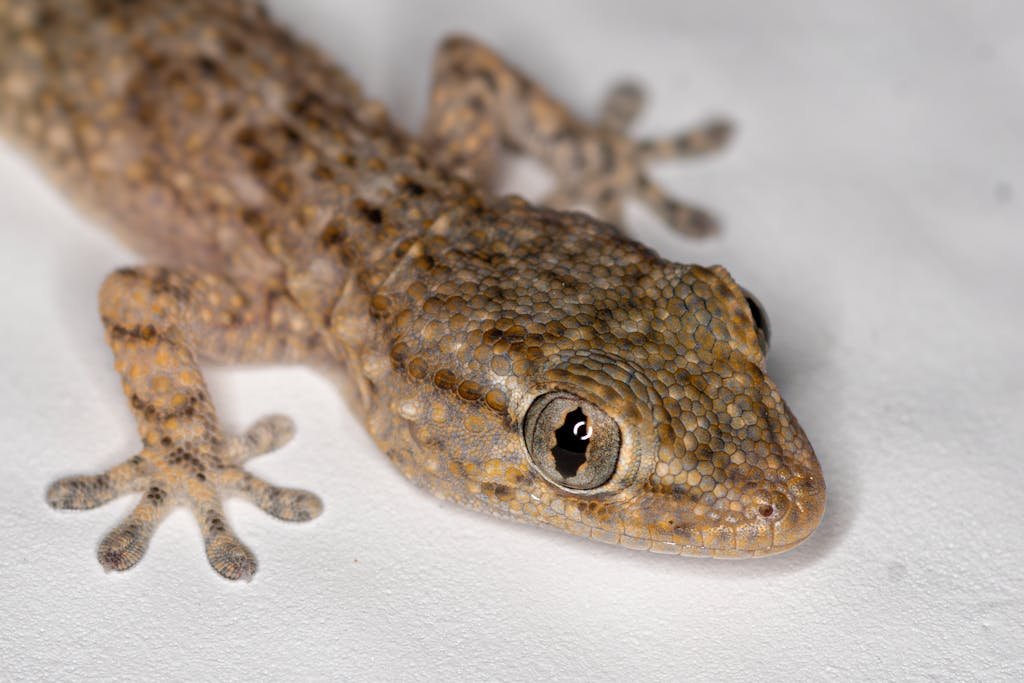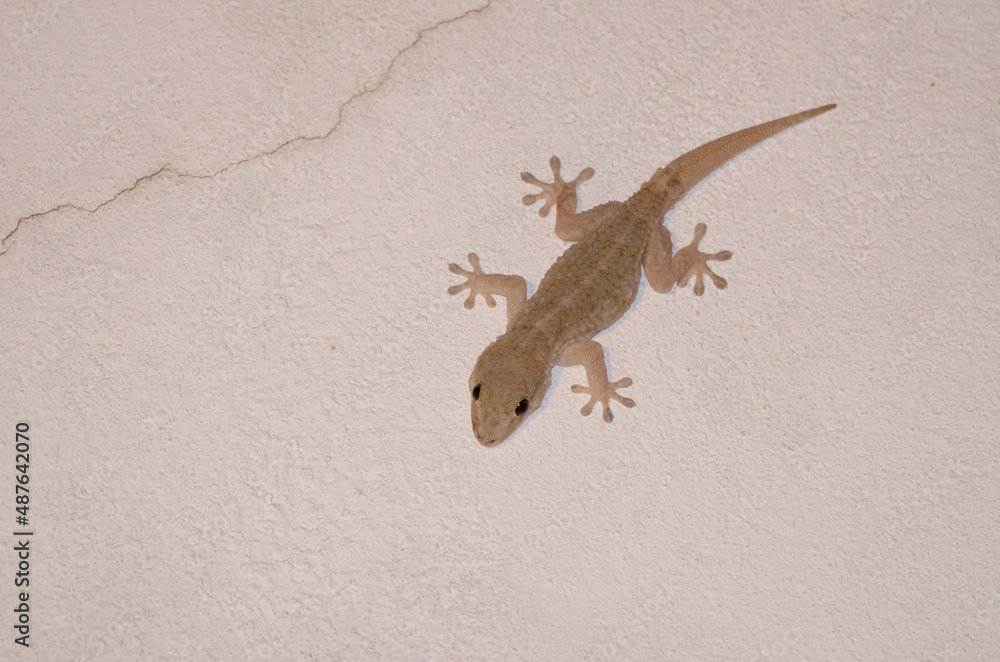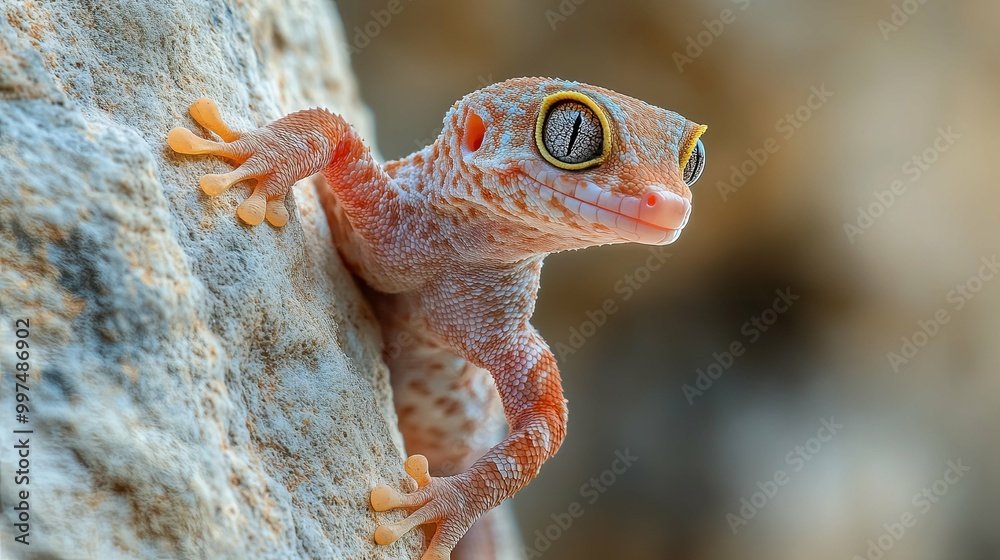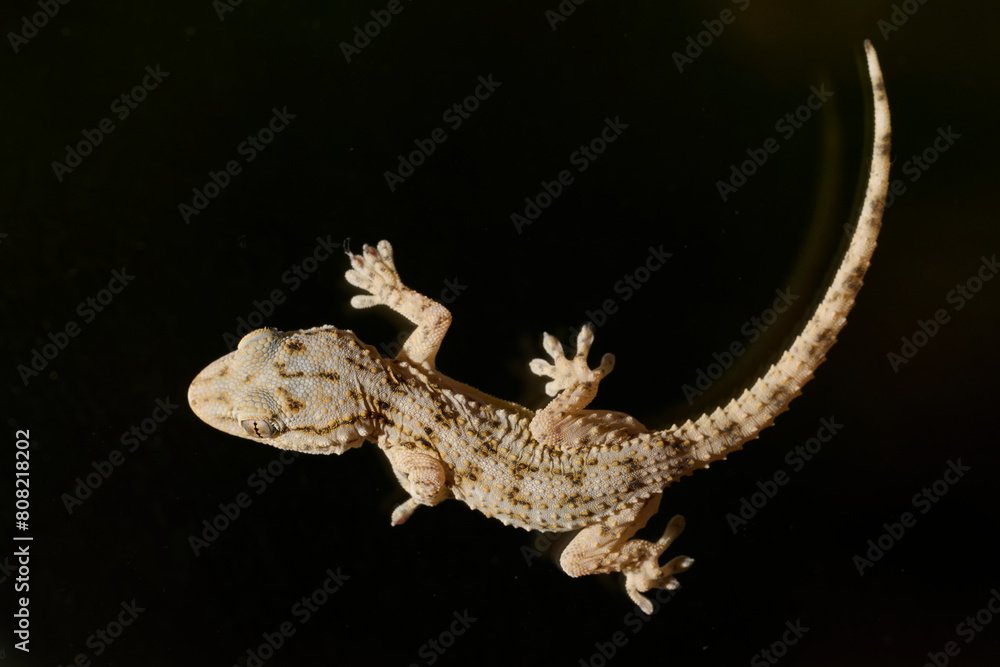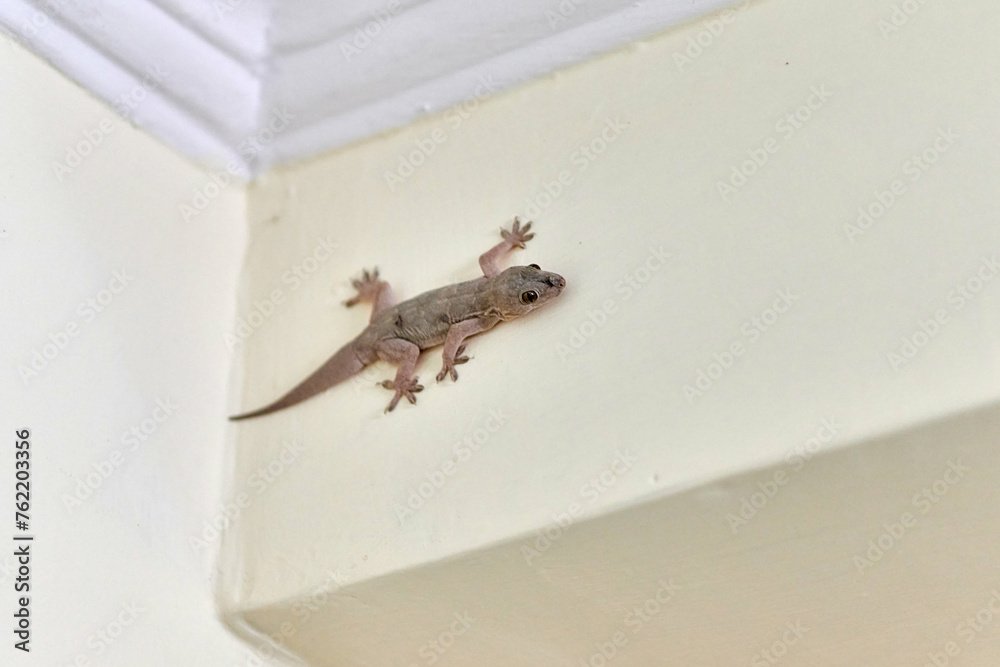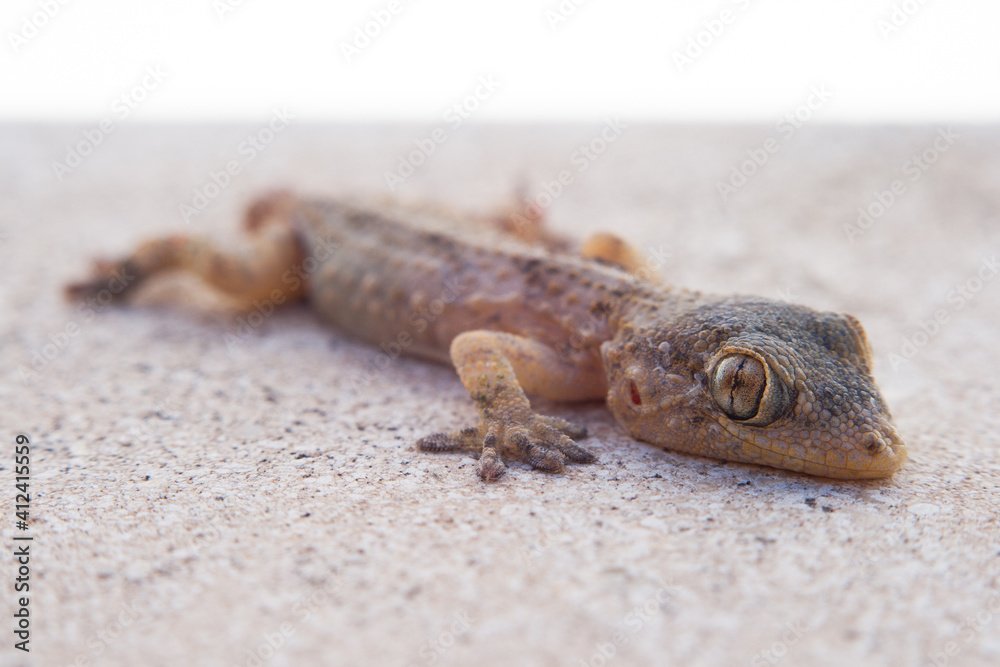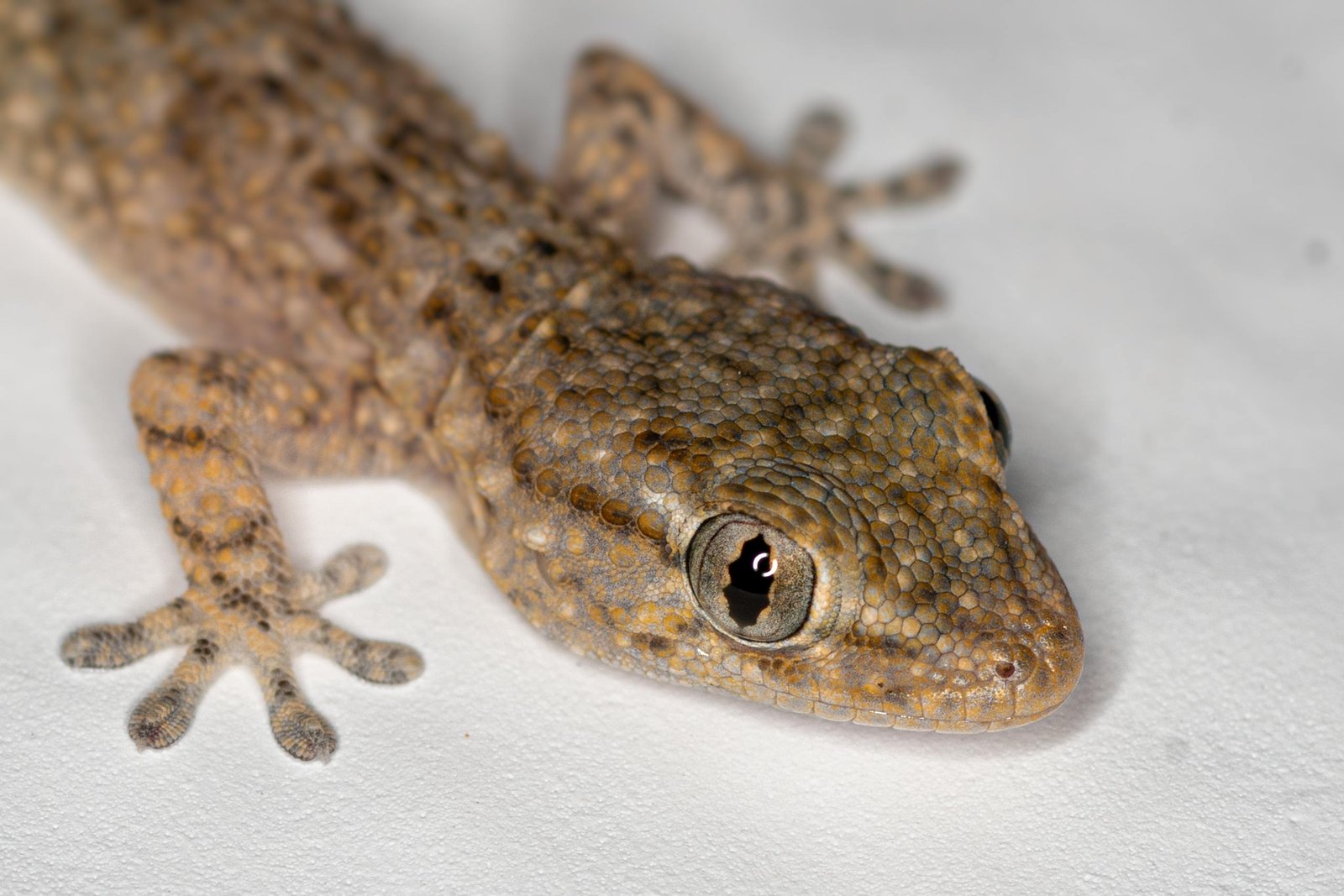Wall Geckos
Wall geckos are small, nocturnal lizards commonly found in homes, especially in warm climates. They are adept climbers and can easily navigate vertical surfaces. Wall geckos feed primarily on insects, making them a natural pest control ally, but their presence indoors can be unwelcome due to droppings and the surprise of spotting them.
Appearance
Wall geckos are typically small, ranging from 3 to 6 inches in length. They have soft, translucent skin with colors ranging from gray to light brown. Their feet have specialized pads that allow them to cling to smooth surfaces, and they have large, lidless eyes adapted for night vision.
Life Stages
Wall geckos go through three main stages: egg, juvenile, and adult. Females lay small clutches of eggs, typically in hidden, warm locations like cracks or under furniture. Eggs hatch within 30 to 60 days, and juveniles mature within several months.
Seasonal Activity
Wall geckos are active year-round in warm climates, with activity increasing during warmer months when insect populations are higher. They often seek shelter indoors when the weather cools, increasing the likelihood of indoor sightings.
Dangers and Risks
Health Risks: Wall geckos are generally harmless to humans and do not pose direct health risks. However, their droppings can carry bacteria like salmonella, which may contaminate food surfaces if not cleaned properly.
Property Damage: Wall geckos do not cause structural damage, but their droppings can stain walls and furniture, and their presence might indicate a larger insect problem, as they are attracted to areas with abundant food sources.
Prevention and Control Tips
This section should include signs to watch for, simple DIY methods, and preventive measures to protect homes or properties from pests.
Prevention Methods
Seal cracks and gaps around windows, doors, and foundations to prevent entry. Use weather stripping on doors and windows, and reduce outdoor lighting, which attracts insects and, consequently, geckos.
Signs of Infestation
Frequent sightings of geckos on walls, ceilings, or near light sources indicate a possible infestation. Droppings that resemble small pellets can also be a sign of their presence.
DIY Measures
Use sticky traps in areas where geckos are commonly seen. Employ natural repellents like garlic or pepper spray near entry points. Keep food areas clean to reduce insect activity, which attracts geckos.
When to Contact a Professional
Contact a professional if gecko sightings are persistent, if droppings are found frequently in food preparation areas, or if you are concerned about potential health risks.
Trap Kill’s Approach to Control
Customized Treatment Plans:
Trap Kill uses humane exclusion techniques to remove wall geckos and prevent them from re-entering your home. Our experts focus on sealing entry points and using insect control methods to reduce food sources that attract geckos.
Certified, Eco-Friendly Solutions:
We use non-toxic repellents and eco-friendly insecticides to create an environment that discourages geckos from entering. Our follow-up inspections ensure that your home remains gecko-free.
